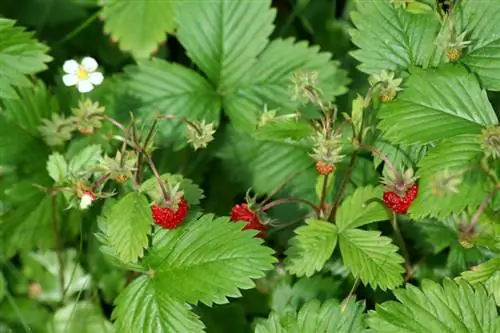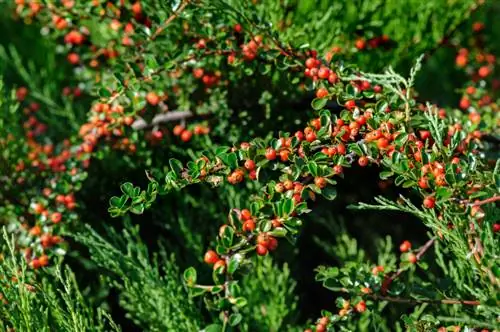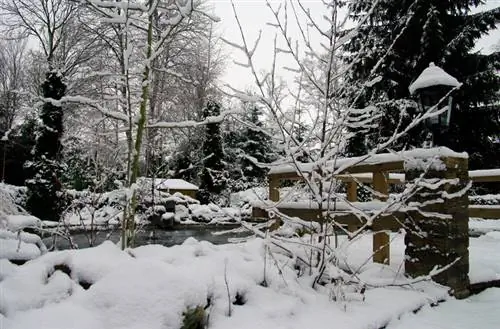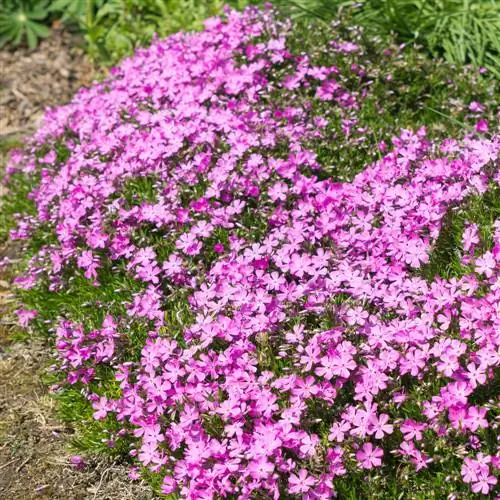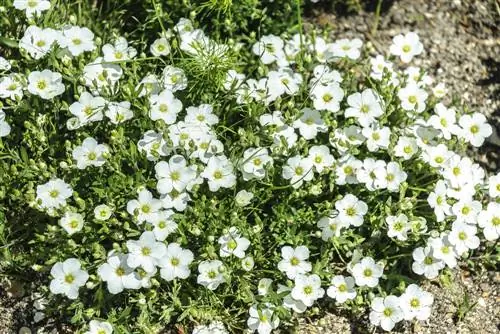- Author admin [email protected].
- Public 2023-12-16 16:46.
- Last modified 2025-01-23 11:21.
Are you planning to green an area in the garden with a ground cover? A good choice in many ways! However, when planting in a planned and purposeful manner, you should take a few things into account - including the right time of year.

When should you plant ground cover?
The best time to plant ground cover plants is in late summer, when the main growing season of other plants is over and there is no threat of frost. This means the ground cover can grow without strong competition from weeds or other plants.
Relevant factors when planting ground cover plants
Ground cover plants are popular with both beginners and advanced hobby gardeners - because they have extremely versatile advantages and can therefore be used for a wide variety of purposes. These mainly include:
- Weed control/saving weeding work
- Fixing exposed areas and embankments
- low plant decoration
- soil-improving underplanting of tall plants
- structure-forming ornament in flowerbeds
When considering when to plant the ground cover, the purpose must be taken into account. Depending on the project, other plants are more or less involved.
The location is also important. Depending on whether the area to be greened is sunny and poor in terms of soil or partially shaded and rich in humus, there is more or less tolerance in terms of planting time.
When planting time, go with the seasonal and environmental conditions
To say it up front: the general rule for the best time to plant ground cover plants is late summer. The main growing season for most other plants is over here, so the ground cover has less competition to conquer its territory. At the same time, there is no need to fear the first frost soon, which could harm the young plants.
This rule applies especially if you want to use the ground cover traditionally as a practical weed controller. The most stubborn weeds, such as groundweed, nettle or couch grass, are particularly powerful and almost vigorous in spring, which is generally considered the usual planting time. You then make it unnecessarily difficult for yourself to defend the ground cover against the inexhaustible top dogs.
For the other planting purposes listed above, following the late summer rule is also recommended, although it depends on the variety - slow-growing species such as hazelroot or ysander benefit greatly from it, but it is not absolutely necessary for vigorous species such as ivy.
The rule is even less relevant if the area to be planted does not have circumstances that pose a particularly high threat to vegetative competition: This applies especially to poor, sandy heath soils or stony slopes, which also offer little basis for weeds to grow. Ground cover plants that do well in such soils, such as thyme, sweet stonecrop or hot stonecrop, can also be planted here in spring or simply sown.


